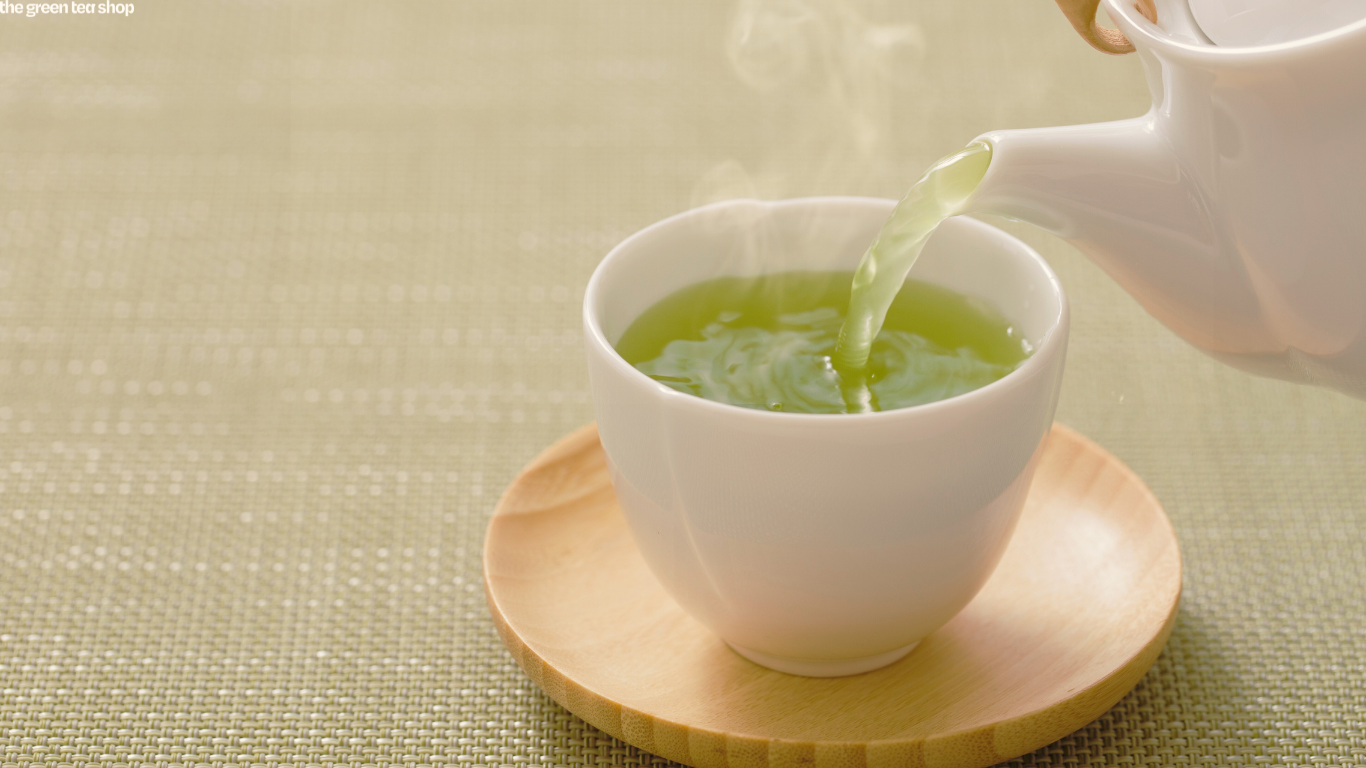Tea is composed of three primary components: catechins, theanine, and caffeine. Each of these elements plays a crucial role, crafting the complex taste profile we cherish in every cup.
Join us as we delve deeper into the fascinating world of tea's core constituents and unravel the secrets behind your favourite steep.
In this article, we will explore catechin.
Tannin vs. Catechin: Clarifying the Confusion
Catechin is responsible for the astringency of the tea. Accounting for approximately 10% to 20% of the composition of dried tea leaves, catechins are a critical component.
It's a common belief that tannins are the primary drivers behind the astringent quality of tea, and this isn't incorrect. Tannins are indeed a key factor in tea's distinctive mouthfeel of tea, but the term 'tannin' actually covers a variety of astringent substances from plants, each with unique chemical compositions.
Catechins, a substantial component of the tannins in green tea, stand out with a well-defined chemical structure. Given that catechins constitute about 85% of the tannins in tea leaves, it's fair to consider catechins and tannins nearly synonymous.
Furthermore, both tannins and catechins are part of the broader polyphenol compound family. Therefore, discussions about tea's polyphenolic content often primarily focus on catechins.
The Variety of Catechins in Tea
Tea contains six main types of catechins, with epicatechin, epigallocatechin, epicatechin gallate, and epigallocatechin gallate being the most plentiful. Of these, epigallocatechin gallate (EGCG) is especially significant, comprising 45-65% of the total catechins in tea.
While epicatechin is also found in various other foods such as apples, berries, and cocoa, the latter three catechins are unique to tea. These compounds were first identified by Japanese scientists in the 20th century.
In terms of flavor, epicatechin and epigallocatechin contribute a mild sweetness mixed with inherent bitterness and aftertaste. Conversely, epicatechin gallate and epigallocatechin gallate are known for their sharp astringency and bitterness, but they leave a clean and refreshing finish.
Optimizing Catechins for Flavorful Brewing
Catechins are a vital element in tea, yet achieving the right harmony is key to appreciating the full spectrum of tea flavors.
If you're looking to enjoy tea with a gentler astringency, first flush teas are a good choice because they contain lower levels of catechins than teas from the later harvests. The second and third flush teas have higher catechin levels because they grow during the longer days of summer with more sunlight.
In case you were wondering, our website exclusively features first flush teas. Also, teas from Kyushu are harvested earlier than those from other regions in Japan, which results in a sweeter profile with less astringency.
The way you brew your tea can also change the amount of catechins end up in your cup. Catechins dissolve differently depending on water temperature; they don't dissolve as well in cold water but dissolve more in hot water. This means that tea made with hot water will taste more astringent and refreshing. On the other hand, if you prefer your tea with a subtle astringency and more of the sweet and umami notes, try cold brewing your tea.
Conclusion
As we've explored the role of catechins in tea, it's evident that these compounds greatly influence the flavor and complexity of each cup. Understanding catechins allows us to tailor our tea experiences, whether through choosing a first flush tea for its milder astringency or adjusting brewing techniques for desired taste profiles.
So, as you continue to enjoy and experiment with tea, remember how much control you have over each cup's character, thanks to the fascinating world of catechins.
Cheers to more delightful discoveries in every sip!
---
Reference: 大森正司著、「お茶の科学:色・香り・味を生み出す茶葉の秘密」2017年発行
